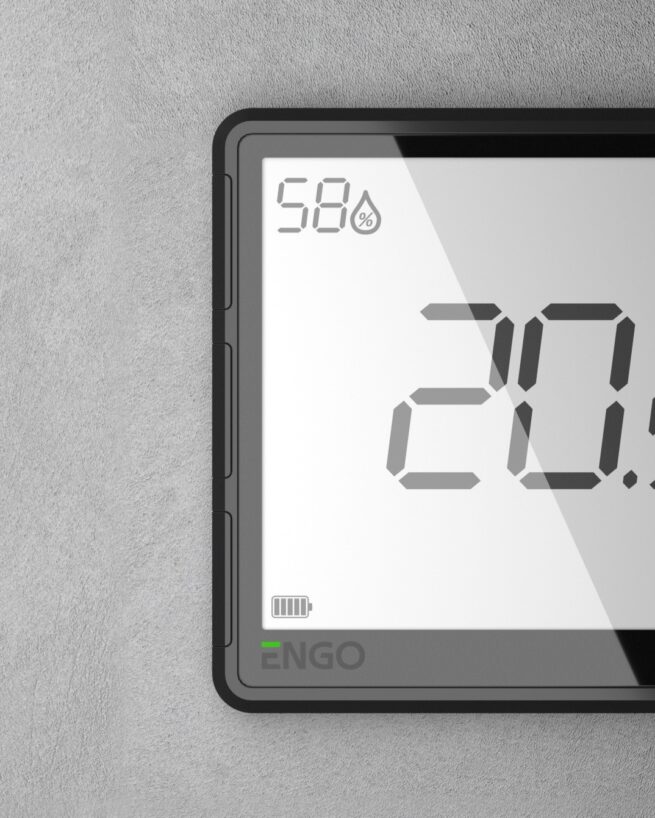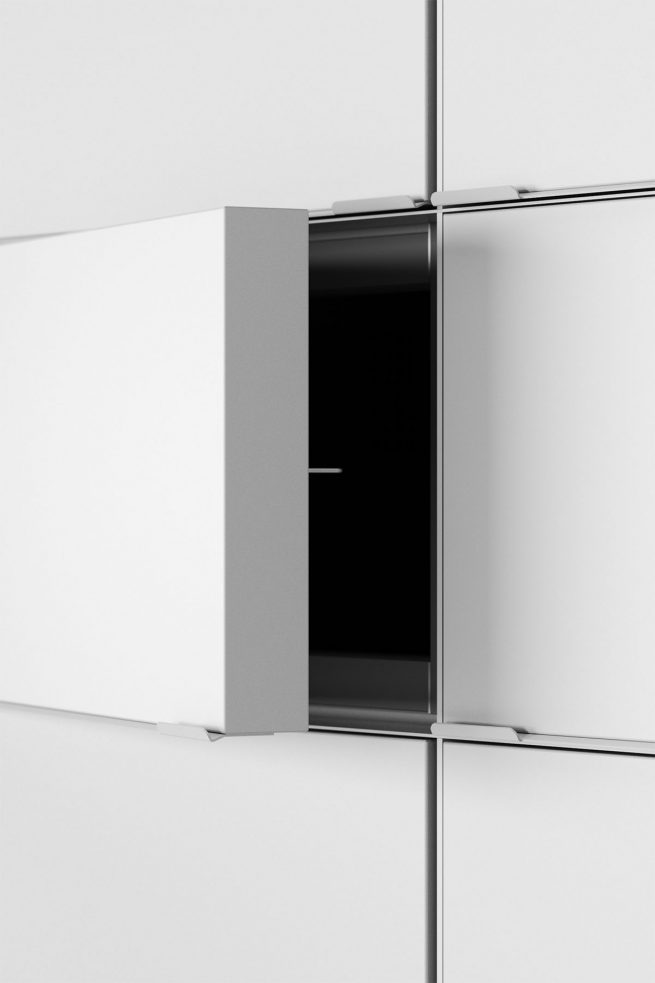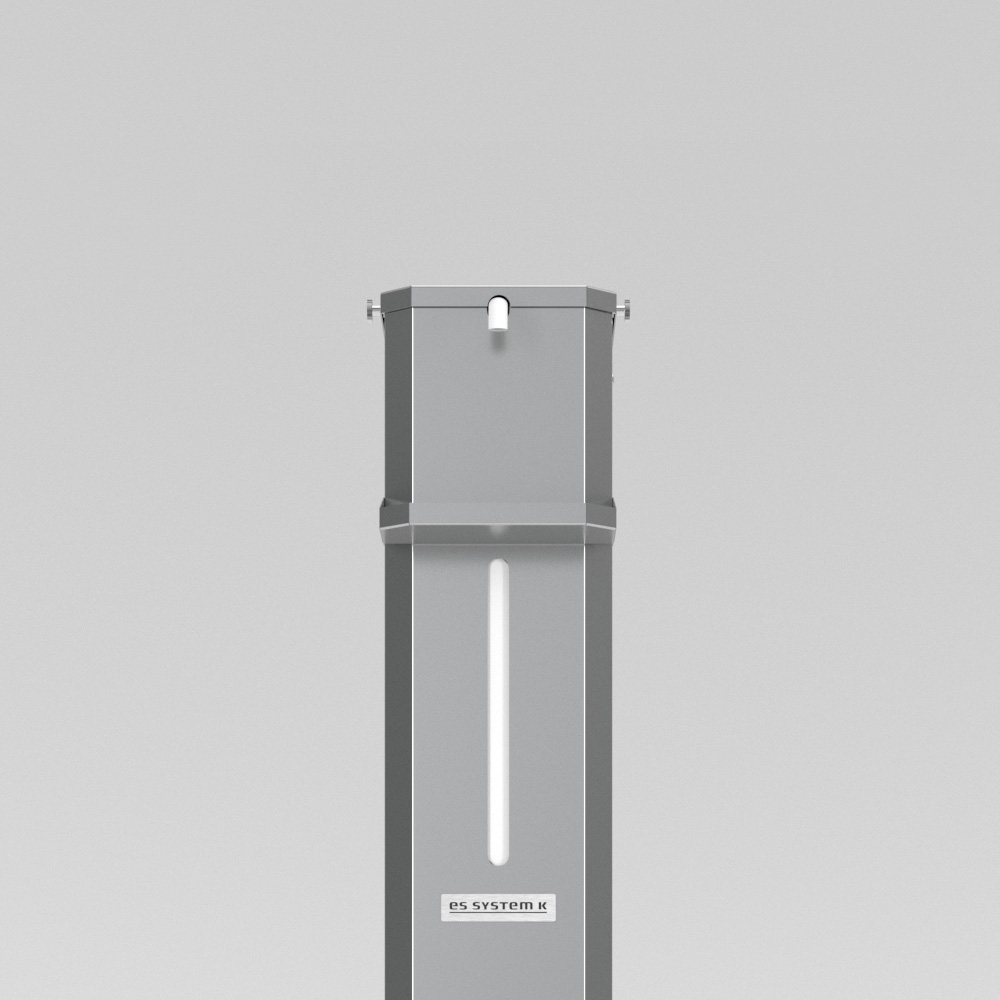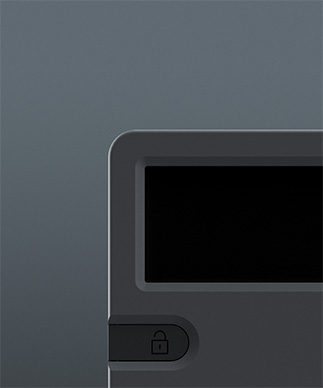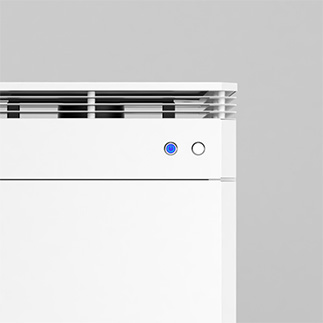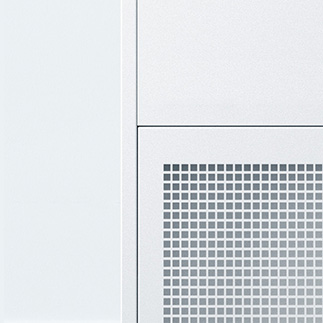Industrial and interior design studio Krakow
Grid Design Studio – since 2001, we have been providing design services, including primarily industrial design (including product design) and interior design (office arrangements, trade fair stands and service and commercial premises). We have also been implementing EU projects involving industrial design for several years, and we have extensive experience in this field. We can undoubtedly offer full support in developing the issue of design audit. We have also expanded our offer to include UX/UI design.
Design office for even the most demanding clients
The employees of the Grid design studio, thanks to their many years of experience, are able to meet the requirements of even the most demanding customers. We serve both individual and commercial clients. Designing is a challenge and passion for us. We are happy to fulfill our clients’ dreams and respect their expectations.
In our design studio in Krakow, we have a sample room where we can test prototypes of design projects, furniture, devices, etc. In addition, we provide visualizations that allow for better product presentation and help communicate with the client.
What do we do in the industrial design office?
Our activity is based on two pillars. This site is dedicated to industrial design. We are one of the few design offices in Krakow that deal with this type of activity. What can we do for you? First of all, design a product that meets both your and your customers’ requirements. In our portfolio you will find industrial designs of devices such as: a modern CAVCA coffee machine, an ENGO CONTROLS EONE temperature controller or a Hopetherm medical device.
Designing new products
We create innovative solutions tailored to your needs. Our team of specialists will conduct a comprehensive design process – from concept to implementation.
Redesign of existing products
Refreshing and modernizing existing products is our specialty. Thanks to this, your products will gain a modern look and increase their functionality.
Design audits
We conduct detailed design audits that help identify the strengths and weaknesses of your products and indicate directions for their development.
Design strategies
We create design strategies that constitute the foundation of product market success. Our strategies are based on in-depth analysis of the market and trends.
Consulting and fundraising
We help in obtaining funds from EU and national subsidies, which enables our clients to implement ambitious design projects.
If you have an idea for a new product or want to modernize an existing one, please contact us. We are ready to help you realize your visions and achieve success on the market.
Interior design studio in Krakow
We also design interiors of single-family houses, apartments, offices and commercial premises. Our portfolio also includes individual designs of summer houses (interiors). The broad specialization of our company translates into various requirements of investors. Regardless of customer expectations, the design process in our company takes place in a pleasant atmosphere. We have a second, dedicated website for interiors – https://gridwnetrza.pl/
The task of an interior designer is to make the investor’s vision come true while respecting the principles of design. As interior designers, we serve our clients with knowledge and experience, making their dreams in the field of interior design and design projects come true. We offer investors support that translates into results. We have trusted contractors who ensure that the result meets expectations. Our arrangements are not only practical and functional, they also have an individual character depending on the client’s needs.
The main tasks of an architect in an interior design office
Interior design or design requires an individual approach and listening to the needs of the investor and the target user. Whether designing for individual clients or companies, we approach the task with full commitment. The aim of the project is to determine all details such as form, function and materials. Our design studio pays great attention to details. We design with the future user in mind.
Ordering a project in our design studio guarantees fully professional cooperation and support in various industries and specializations. During implementation, we offer author’s supervision. Investors can count on us when selecting furniture and accessories.
Krakow design office – tailor-made interior designs
Designing is a complex process that requires clear communication between the interior architect or designer, the investor and the rest of the specialists. When arranging apartments, restaurants, hotels and other projects, investors’ expectations are very important to us.
Our clients appreciate our professionalism and individual approach. With full commitment, we are able to create unique and functional designs that meet the most sophisticated requirements. We carry out our arrangements throughout Poland, regardless of whether it is an apartment or restaurant project, we put a lot of energy into our work to meet the client’s expectations. The interior designs that we prepare for our clients include visualizations presenting materials and finishes.
Thanks to the involvement of many specialists, our studio is able to meet all design challenges. Cooperation with experts from various industries is invaluable help. Thanks to the help of specialists, our offer and preparation are distinguished by exceptional professionalism. The proposed solutions fully satisfy investors and translate into the high quality of our projects.
Having worked with many different clients over the years, we have learned to meet the requirements of the most demanding clients. Time plays an important role in design and implementation. Our studio completes tasks on time.
You can see the full range of services we offer in the Offer tab. More information about our studio can be found in the About us tab. We also invite you to check out our portfolio, where we present selected and noteworthy projects. Follow us also on Instagram and Facebook.

